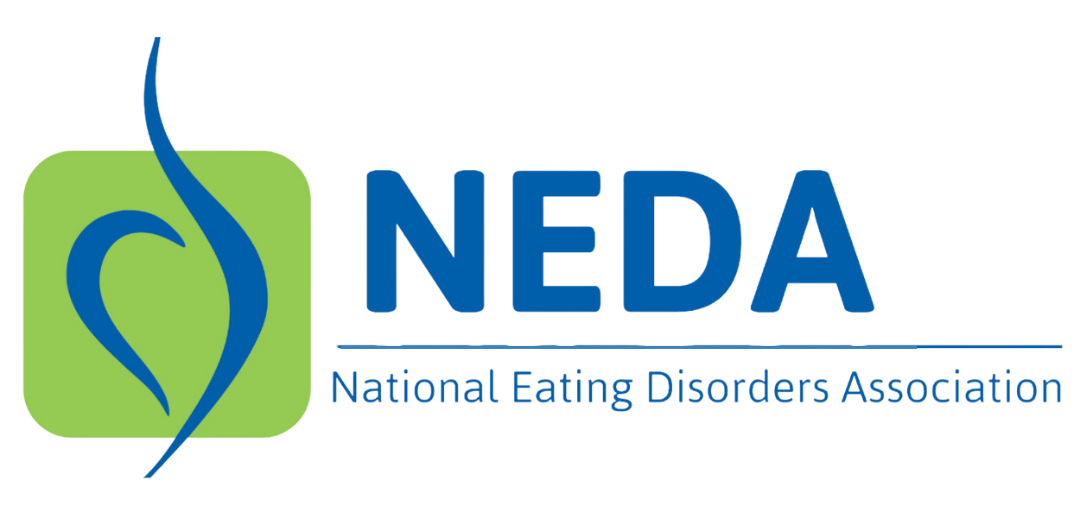Size Diversity and Eating Disorders
Eating disorders like many illnesses impact a wide variety of individuals including people of all body types and sizes. Body shape and size are influenced by many biological and environmental factors. You cannot evaluate a person’s health or tell if they have an eating disorder by looking at them, however, our culture does value specific body types and shapes over others.1 Individuals whose bodies do not align with the culturally valued body shapes or sizes often experience bias, teasing, judgment, and discrimination.2 Many eating disorder professionals and individuals with lived experience support a more weight inclusive paradigm for health that embraces the diversity of human sizes, has a broader view of wellbeing, promotes weight neutrality in healthcare, and defies the belief that weight status determines health.
Health At Every Size® (HAES®) Framework
Health At Every Size® (HAES®) offers such a framework.3 The HAES® paradigm offers an alternative to weight-centered definitions of health offering principles to guide individuals and healthcare providers to make health-related decisions. This perspective aims to encourage acceptance and respect for the broad variety of shapes and sizes of people, end weight discrimination, extinguish fat phobia, lessen cultural preoccupation with thinness and dieting, promote balanced eating and encourage pleasurable physical activity. To these aims, HAES® considers health to be a highly individualized construct which may vary over time. The guiding principles of HAES® include:3
1. Weight Inclusivity
- Accepting the diversity of body shapes and sizes
- Respect for the diversity of body shapes and sizes
- Refraining from idealizing one type of body over another
- Granting access to healthcare for all body sizes
- Acknowledging weight bias among healthcare providers and the barrier it creates for individuals living in larger bodies accessing healthcare services, which leads to poor health outcomes
2. Health Enhancement
- Influencing health policy in order to provide equal access to health information and healthcare services
- Encouraging personal practices which improve wellbeing in all areas of life including the physical, economic, social, spiritual and emotional domains
- Designing healthcare systems that are inclusive and non-judgmental
3. Respectful Care
- Recognizing biases
- Striving to end size discrimination, stigma and bias and recognizing how they impact health and eating disorder outcomes
- Providing healthcare that considers the many factors which impact weight stigma like socio-economic status, race, gender, sexual orientation, and marginalized identities
- Supporting environments and pathways to address systemic inequities
4. Eating for Wellbeing
- Meeting individual nutritional needs flexibly
- Honoring pleasure and the cultural aspects of eating
- Refraining from dieting
- Acknowledging the harms of diet culture and toxic healthism
- Focusing on nourishment rather than weight management
5. Life-enhancing Movement
- Enjoyable physical activity
- Accessible for all bodies of all shapes, sizes, and abilities
- Supportive of the individual and considers their interests
Tips for Adopting Size Inclusive Care and HAES® Principles in Your Life
Healthcare practices that consider size diversity and offer weight-inclusive care, support health and wellbeing for all individuals and support eating disorder recovery. To implement size inclusive care and HAES® principles in your life:
- Explore your own diet mentality and weight/shape biases.
- Curate your environments to be accessible to a diverse spectrum of bodies.
- Advocate for weight/size inclusive spaces in your community.
- Support policies that provide equal access to health information and services for all bodies.
- Confront size discrimination, stigma and bias when encountered.
- Model eating for wellbeing, focusing on nourishment, choice, and personal values (including pleasure and cultural considerations) rather than a dieting paradigm.
- Advocate for spaces for physical activity that are accessible for bodies of all shapes, sizes, and abilities.
Sources
[1] Schaumberg K, Welch E, Breithhaupt L, et al.(2017). The Science Behind the Academy for Eating Disorders’ Nine Truths About Eating Disorders. Eur Eat Disord Rev; 25(6):432-450. https://doi.org/10.1002/erv.2553
[2] Brown A, Flint SW, Batterham RL. (2022). Pervasiveness, impact and implications of weight stigma. The Lancet; 47, 101408. https://doi.org/10.1016/j.eclinm.2022.101408.
[3] The Association for Size Diversity and Health (ASDAH). (n.d.). Health at every size® principles. ASDAH. https://asdah.org/haes/

